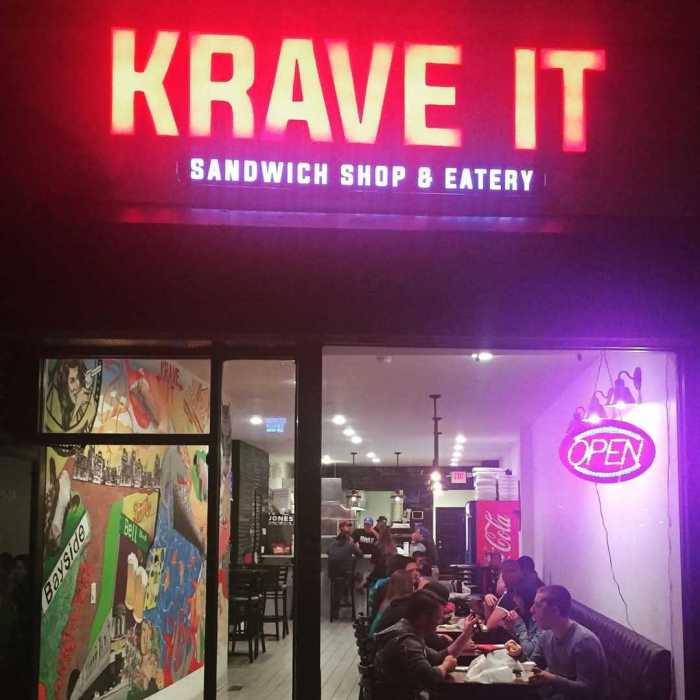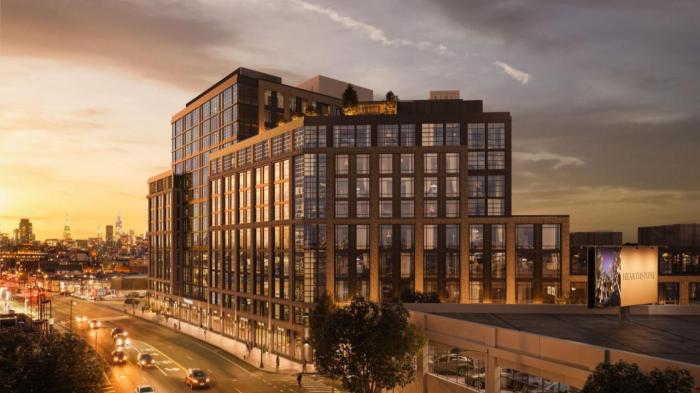By Larry Penner
In November, 2016, the New York City Economic Development Corporation released a 25-page paper concerning construction of a waterfront street car to connect various neighborhoods between Astoria and Sunset Park at a cost of $2.5 billion. The project still leaves many questions needing answers.
This is one of several Queens-based transportation projects competing for funding against both the Woodhaven Boulevard Select Bus Service and Long Island Rail Road Rockaway Beach Service Restoration projects.
In 2015, The Friends of the Brooklyn Queens Connector released a study claiming it could be built for $1.7 billion. Mayor Bill de Blasio earlier in 2016 said $2.5 billion. In less than 10 months, the price tag went up by $800 million. Imagine how many more billions it might cost when completed.
It takes more than a simple planning feasibility study to turn into a viable capital transportation improvement project. There have been no environmental documents or preliminary design and engineering efforts necessary to validate any basic estimates for $2.5 billion construction costs of the Brooklyn-Queens Waterfront Streetcar Connector.
What is the cost and funding source for several hundred million more above $2.5 billion base line price tag to pay for two new bridges over the Gowanus Canal and Newtown Creek as part of the project’s scope?
Claims that construction would start in 2019 and service begin by 2024 may both be just wishful thinking. The environmental review process will not be underway until 2017. Final design and engineering, which could take several years, would not proceed beyond 30 percent until the appropriate city, state or federal funding agency made an environmental finding in 2018 or 2019.
History shows that construction of most major new transportation system expansion projects take decades.
There are many narrow streets along the proposed corridor. Any streetcar system will have to compete with existing buses, passenger vehicles, commercial vehicles, bicycles and pedestrians. At an estimated speed of 12 miles per hour, how many people would actually take advantage of a streetcar versus other existing options?
Which neighborhoods will come forward and accept two multi-acre operations, maintenance and storage facilities necessary to accommodate 52 or more street cars?
Resolution of this issue alone could take years. Bus stops are normally every one to two blocks. Proposed spacing of street car stops every half-mile will make it more difficult to attract riders. Utility relocation costs are estimated to be $427 million. Will NYC, just like the MTA, ask utility companies to pick up the tab?
Mayor Bill de Blasio’s plan to finance this project of taking a percentage of property taxes on new development is robbing Peter to pay Paul. This would reduce the amount of money available for police, fire, sanitation and other essential municipal services.
Both the NYC Department of Transportation and Economic Development Corporation have no experience in design, construction or operations of street car systems. Mayor de Blasio will have to ask the MTA to serve as a project sponsor and future system operator. The MTA, not wanting to use its own funding, would have to enter the project into United States Department of Transportation Federal Transit Administration New Starts program.
MTA, NYCDOT, Port Authority of New York & New Jersey, New Jersey Transit and Amtrak are all attempting to qualify many other projects for the same federal New Starts program.
Dozens of other potential New Starts projects are being championed by many other Senators and Congress members. The requests far exceed any available New Starts funding. There will be few winners and many losers.
Mayor de Blasio promised riders would pay the same $2.75 fare as those using New York City Transit subway, bus or MTA bus. This would also include a free transfer to connect with existing NYCT subway, bus and MTA bus services. He fails to identify how NYC will provide the MTA with tens of millions in additional operating subsidies on a yearly basis to cover the cost of lost revenues.
Completion of a planning study is just the first step of any potential capital transportation project improvement. The journey for a project of this scope can easily take 10 to 20 years before becoming a reality. Perhaps a new bus route along this corridor would make more sense.
Larry Penner
Great Neck
(Larry Penner is a transportation historian and advocate who previously worked 31 for U.S. Department of Transportation Federal Transit Administration Region 2 NY Office)



































